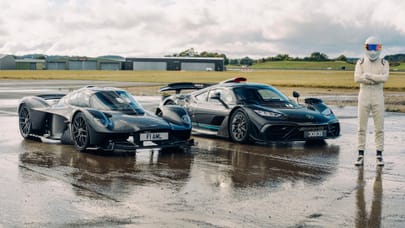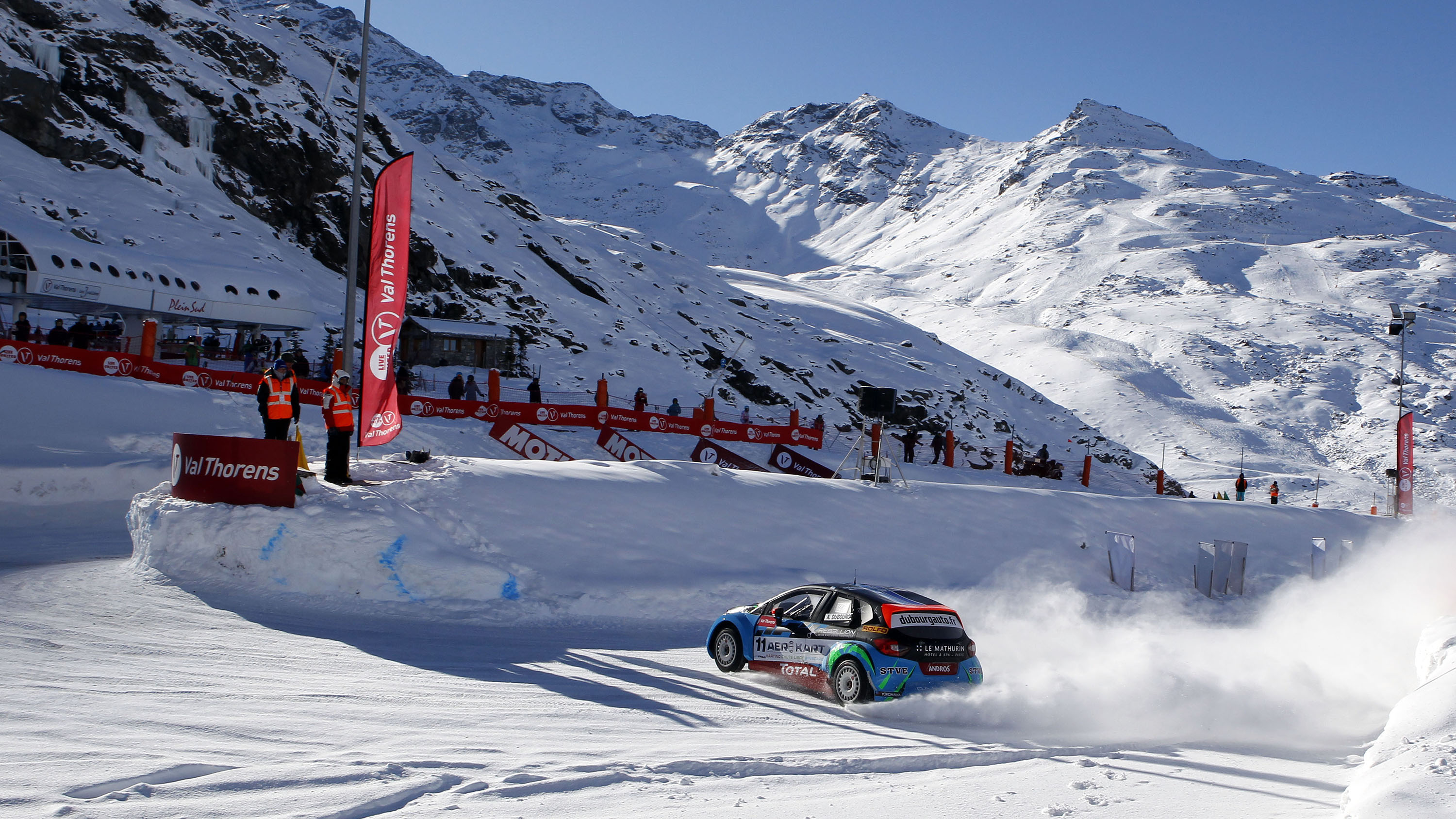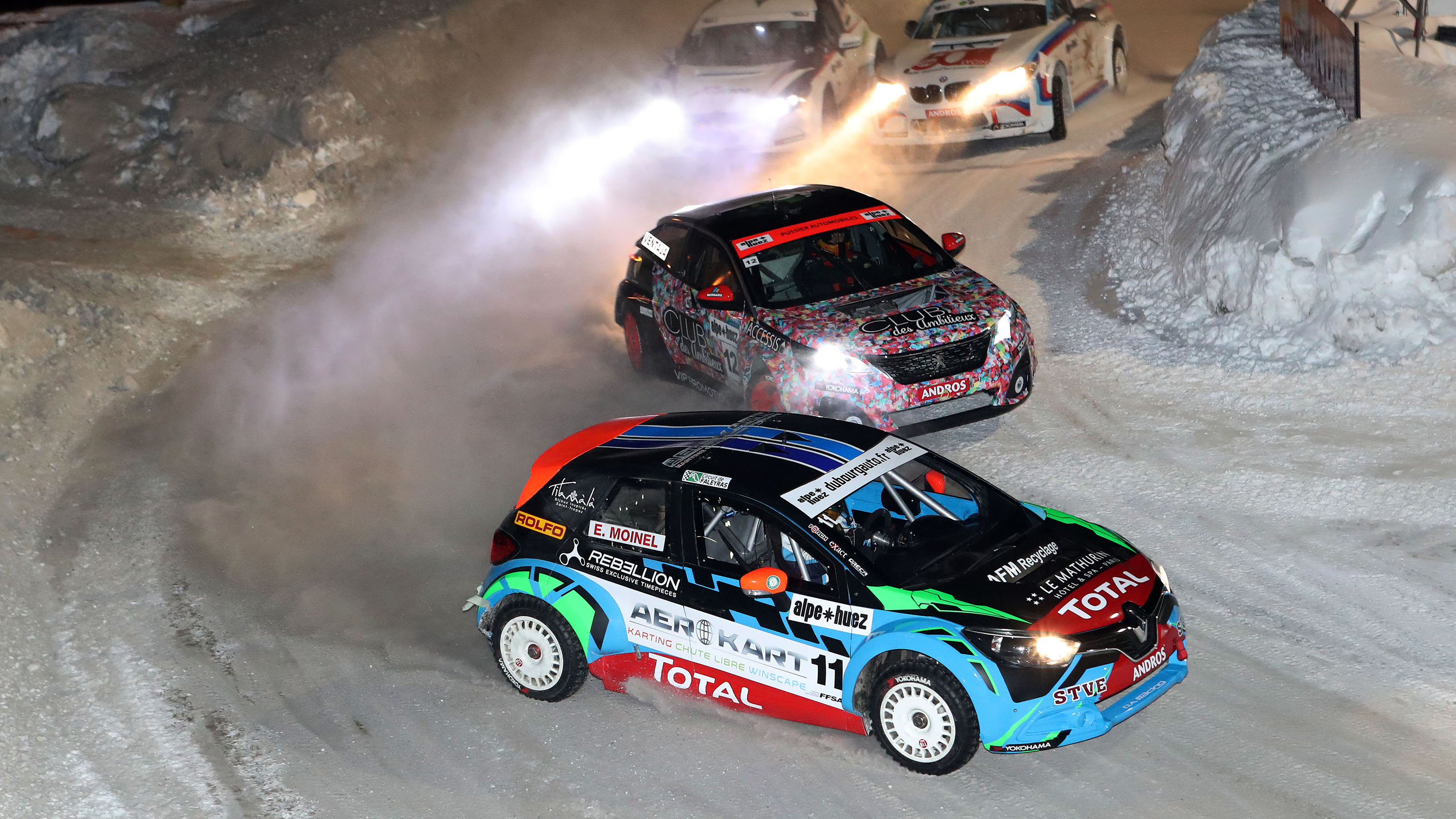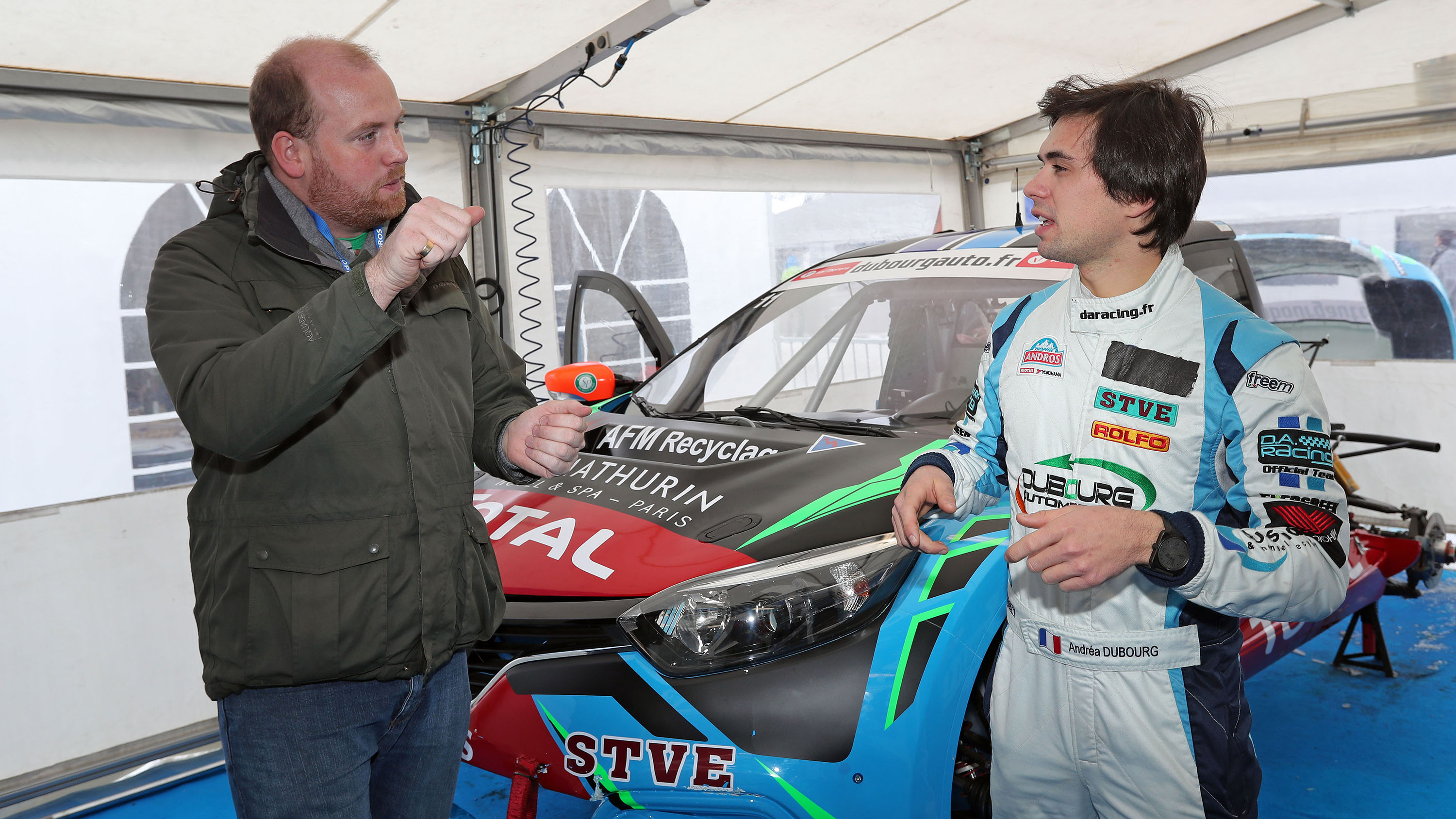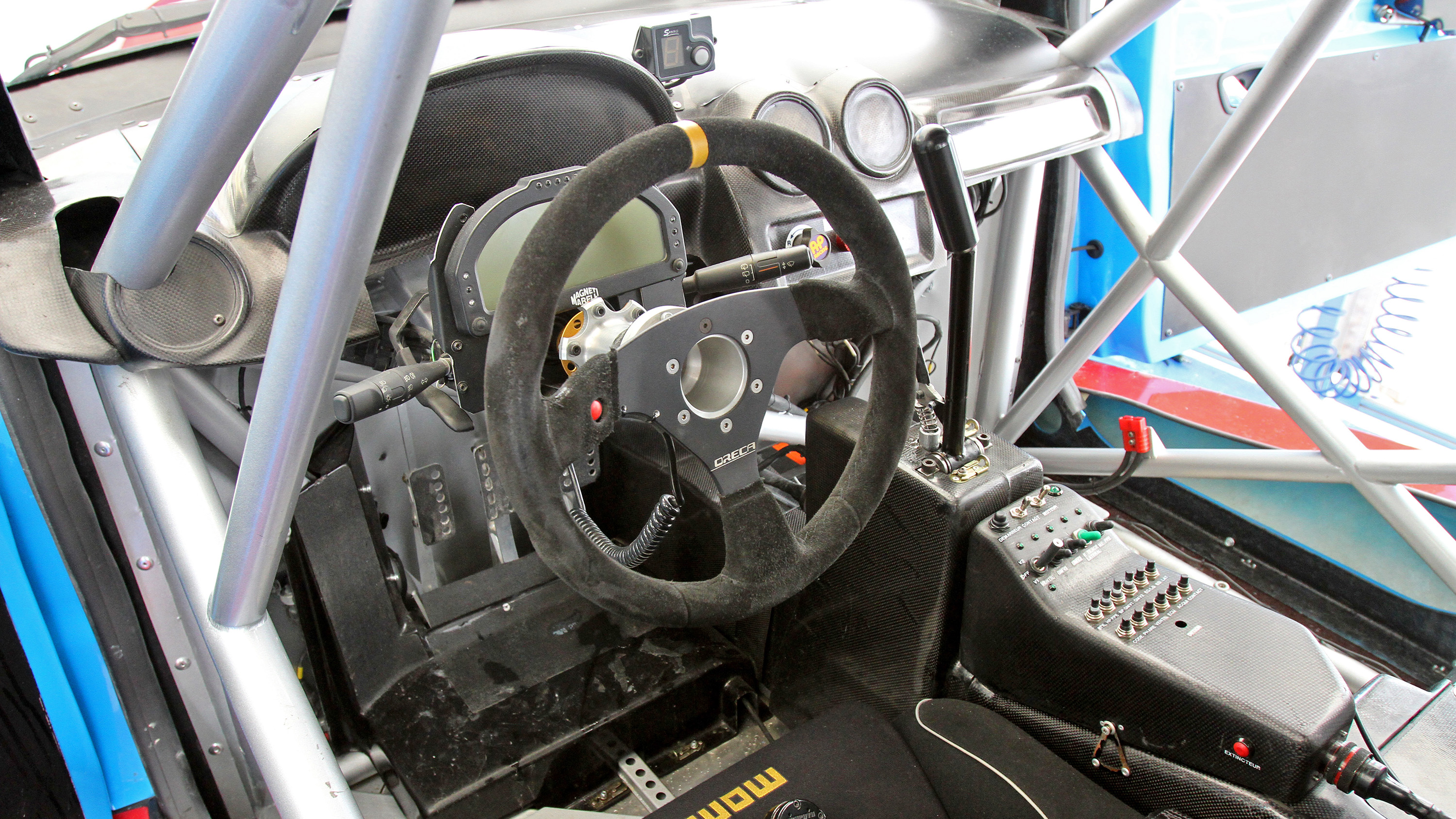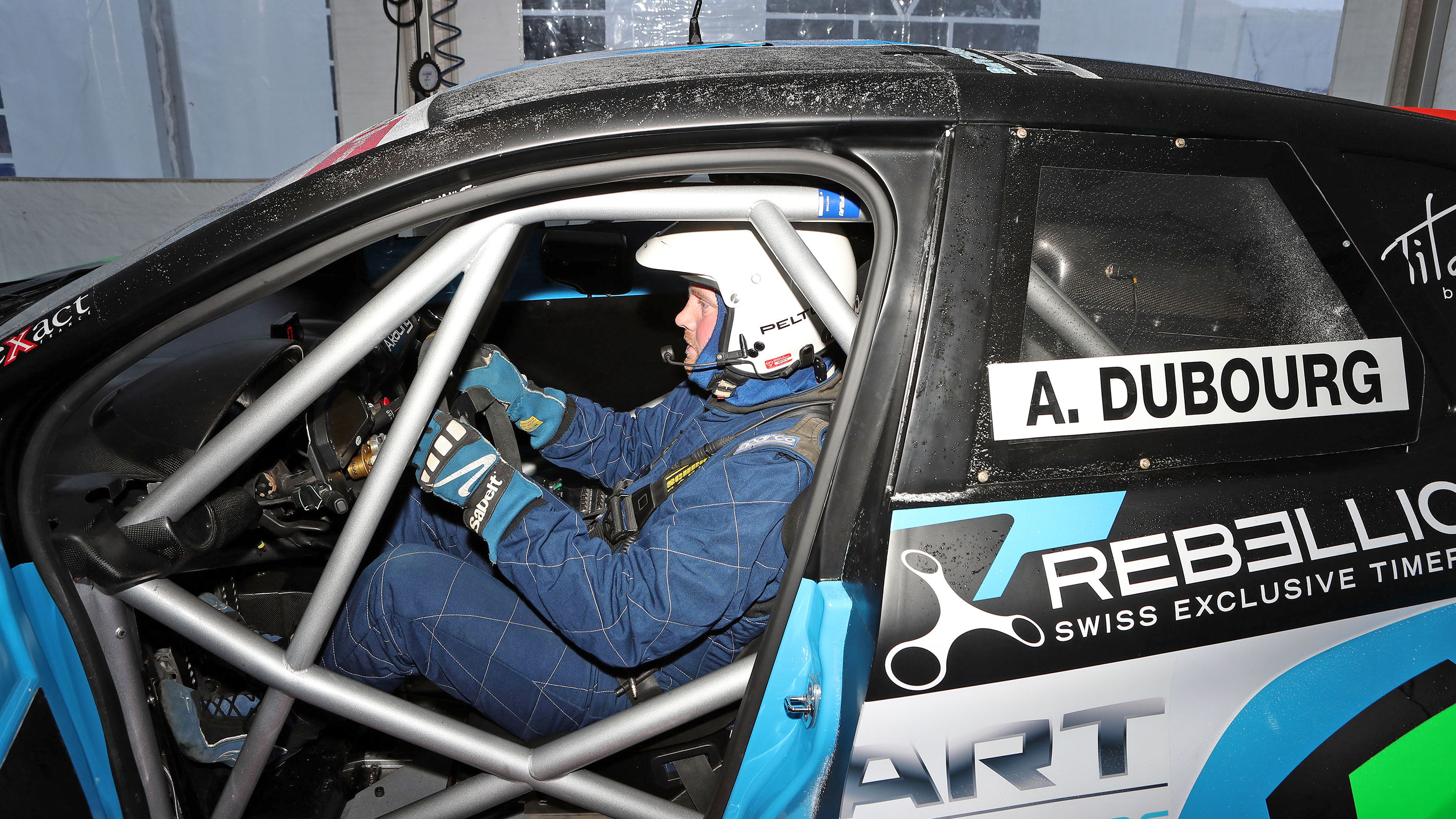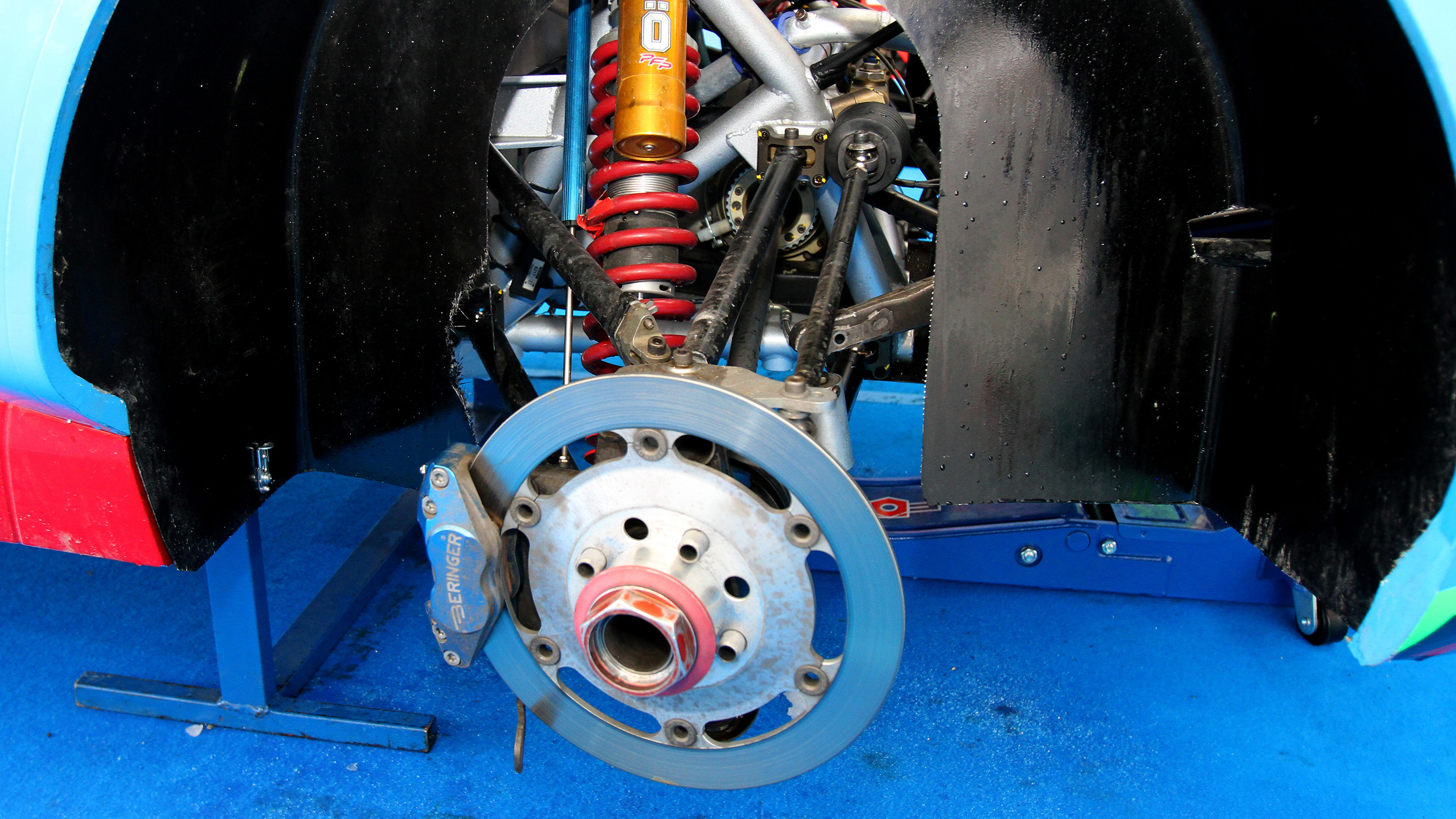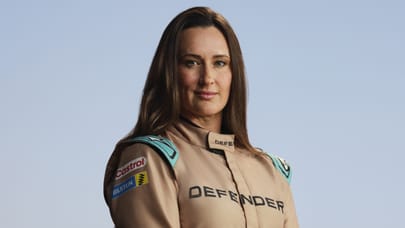
What's it like to drive a wild Andros Trophy racer?
We get to grips with one of the wild four-wheel-steering monsters of Andros Trophy ice racing
The Le Mans 24 Hours, Monaco Grand Prix and Indy 500 are very different events with one thing in common. They’re all fever motor sport affairs of the highest calibre.
And, every winter, a series held high in the Alps also fits into that bracket. The Andros Trophy, or ‘Trophee Andros’, is renowned for attracting motor racing superstars to compete in specialist ice racers from December to February.
Words: Hal Ridge/Images: Bernard Bakalian/PAB/DAR
But, while many motor racing fanatics have heard of the series, only a handful make the trip into the mountains. Those that do witness an incredible spectacle where, in the midst of winter, not only is it drivers keeping themselves busy, but World Championship level teams too, employing engineers from as high as Formula 1. Last year F1 driver Romain Grosjean won a round of the series, while Alain Prost is a three-time champion.
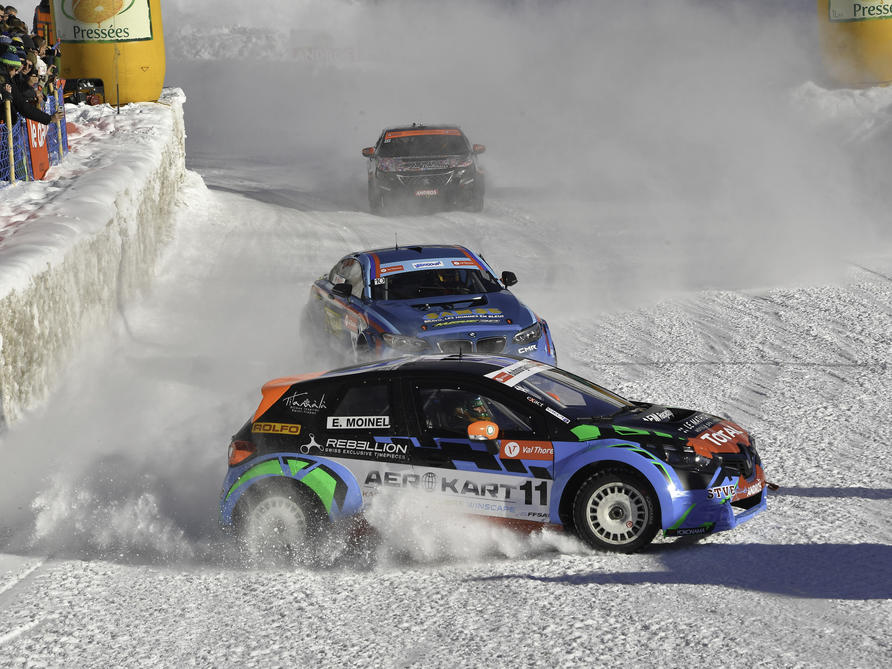
It’s the reigning champions, DA Racing, that have invited us to experience the Andros Trophy, and to have a go at driving a car. The squad has won the coveted crown for the last two years with driver Jean-Baptiste Dubourg, but has replaced its title-winning Renault Clio with a brand-new Renault Captur for the 2017/18 encounter. Before the new machine has ever been raced, the day before the season opener in Val Thorens, we’re getting the opportunity to try it out. No pressure then.
Built to tight regulations, these tubular spaceframe machines are adorned with an array of fibreglass bodies resembling anything from a Mazda 3 to a BMW M2. They are lavished with a 360bhp 3.0-litre naturally aspirated V6 engine, screaming from behind the driver’s compartment with a sequential gearbox at its rear. That drives all four wheels through mechanical differentials, with skinny 16in wheels that are shrouded by narrow tyres, each fitted with 250 studs.
The biggest quirk however, is their four-wheel steering. When the Andros Trophy was first conceived by Max Mamers in 1990, it was more of a ‘run what you brung’ affair. Rally, rallycross and other cars were used, but over the last two decades the regulations have become far stricter. And with good reason, now that the paddock is full of boffins trying to get the most from their equipment and exploit every loop hole.
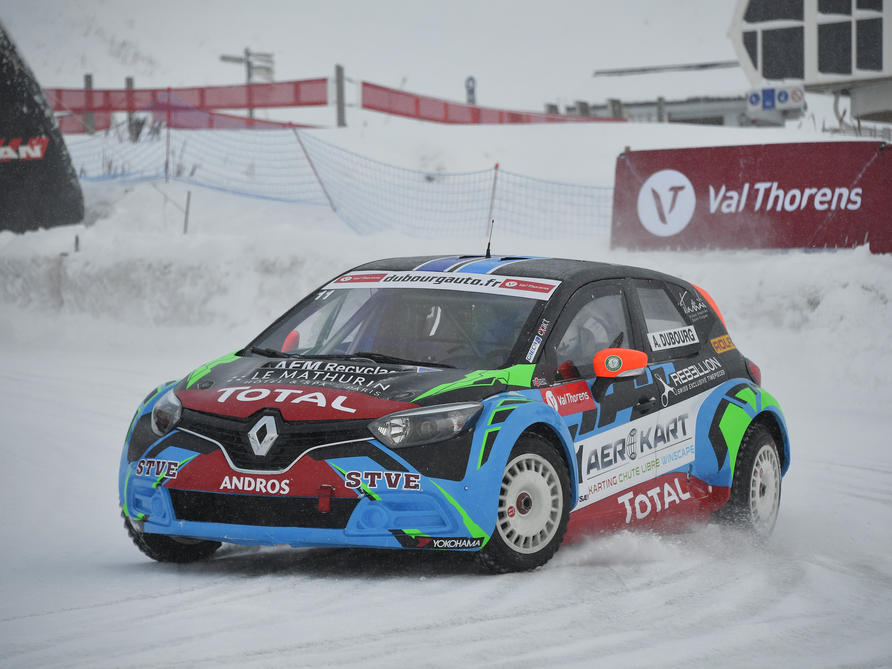
Rear-wheel steering was devised by multiple hill climb champion Marcel Terres, who needed to find a way of rotating his car in the same way that the rally drivers could, and was inspired by a fork lift. The modern version is amazing, with a wide range of adjustability for when the rear wheels turn in relation to the front, and by how much.
The track sits just below Europe’s highest ski resort (at 2300m). It’s made up of hairpin bends and a pair of straights, which helpfully aren’t straight at all. Their slight kinks mean that being on the correct line is critical. Go off line, you’ll need to correct the car’s direction, but when you turn the wheel as you would in a conventional car, the rear wheels will steer in the opposite direction to the front, causing a sensation similar to huge oversteer. And then it gets messy.
DA Racing’s engineer Sebastien Breuil asks of my previous experience, which largely consists of competing in rallycross cars. “This is nothing like any of those,” he says. Fabulous. Find a clip of Andros Trophy action on YouTube and you’ll agree that many of the drivers appear wildly out of control, such is the angle of corner entry, the cars often at 90 degrees to the direction of travel.
This game is all about early rotation into the tightest corners, to have both axles pointing forwards for the exit, and unusually, with the wheels spinning to dig into the ice and get the best traction. Although the gearbox is a six-speed sequential, the kind you can often perform flat shifts with, it’s compulsory to use the clutch on each change on ice.
Top Gear
Newsletter
Thank you for subscribing to our newsletter. Look out for your regular round-up of news, reviews and offers in your inbox.
Get all the latest news, reviews and exclusives, direct to your inbox.
As ever, riding the clutch is a huge no-no, but even more so here, as regulations stipulate that a standard style clutch is used. Sebastien also explains that once you’ve gone down the gearbox into slow corners, remaining on the clutch while turning the car is important too, to free up the diffs and allow the car to turn freely.
Track degradation is the biggest variable in this racing. Over the course of the short heats and finals, the tyres dig through to tarmac and it’s an engineer’s playground for finding the right setup, while drivers need to manage tyre wear. As it’s the start of the weekend, I have the best track conditions and no such concerns.
Everything is white; the track, the walls, the apexes. Blue paint is used on some walls for reference. Hopefully they remain a good distance away
I’m driving the sister Captur to Jean-Baptiste Dubourg’s, this weekend being piloted by his younger brother Andrea in the same, headline category, Elite Pro. “There is more grip than you think with these tyres,” Andrea reassures me. “The main target is to be straight in the corner and 100 per cent on the throttle on the exit. When you do this you find traction.”
Despite our difference in height and physique, I’m surprised that I slot into the Renault fairly well, and the steering wheel simply adjusts to suit, although the pedals are closer than I would like. Sitting almost on the floor, I feel low down. Despite being over 6ft 3in, I’m unable to see anything at the front of the car from my position below the dash.
Sebastien talks me through the controls. The sequential gear lever is a comfortable distance away from the steering wheel, but unusually for a modern four-wheel-drive car intended for slippery surface competition, there is no handbrake. After another reminder that the clutch is required at all times, Sebastien leaves me with mechanic, Florian Barbe. I fire up the engine, give the throttle a blip and press the brake to get a feel for the pedal resistance while we wait for the temperature to climb to 60 degrees.
The clear blue skies of the morning have given way to snowfall. I turn on the wipers using the standard stalks behind the steering wheel, as Florian leans in and presses a button on the console to operate the wiper on the fibreglass door-mounted Perspex side window. Anything that requires a wiper on the side window spells fun and massive fever. We exchange a knowing smile.
I pull away without stalling, the clutch is sharp but not as unmanageable as I had expected having earlier watched another car lurching around the paddock. Driving up the short access road, I’m onto the circuit. Visibility is tricky. Everything is white; the track, the walls, the apexes, everything. Blue paint is used on some of the walls for reference points. Hopefully they remain a good distance away from the Captur’s bodywork. This is the Macau GP on ice.
Onto the main straight for the first time, I gingerly press the throttle, the wheels start to spin and I short-shift to second, too early, then up to third before turn one, not forgetting to use the clutch. The throttle is impressively responsive for a machine that lives to be revved hard.
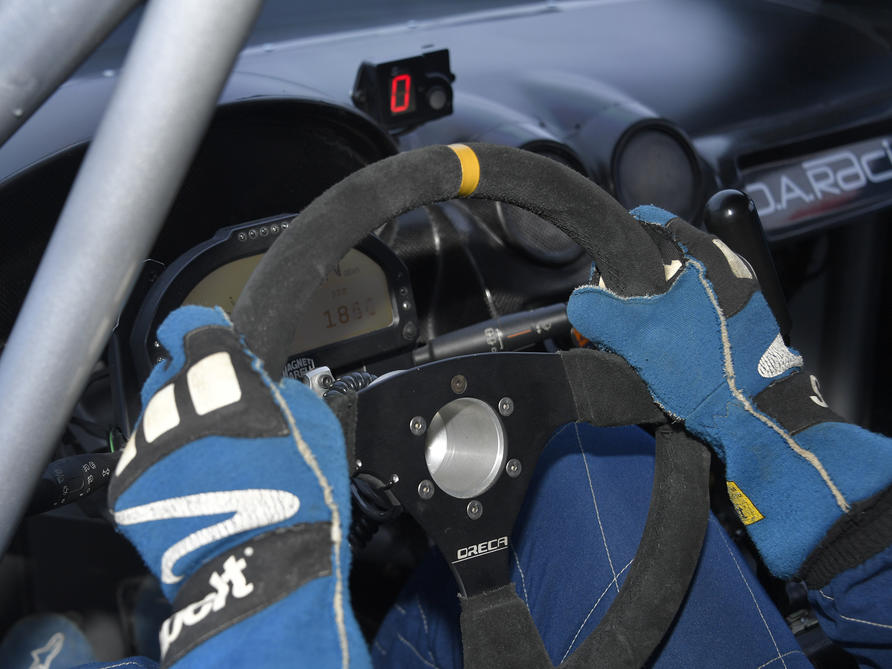
Down the gearbox into the first corner with a pair of satisfying dog-engagement clunks, I turn the power-assisted steering hard to the right for the first time, at a modest speed. The sensation is incredible; the car feels like it’s almost rotating on itself. Once the steering wheel is turned passed 90 degrees, the rear wheels join in. This makes a black cab’s turning circle feel like a cross-channel ferry’s.
A couple of times I run a little too deep into the numerous hairpins, but simply applying additional lock saves the day in a situation where a rally or rallycross car would understeer. Having found my feet a little, I’m more confident.
I turn harder into the corners allowing the rear to slide a little on entry. Getting harder into the throttle on corner exit, the V6 – which revs to 8,000 rpm – wails gloriously over my shoulder. I try to remain in the middle of the track on the exits, keeping the wheels as straight as possible, well aware that big corrections at this stage would cause the rear wheels to steer and create big oversteer.
The chassis inspires confidence, as had been predicted by another of the team’s drivers, Christophe Jouet. “It’s really a lot of fun. It’s easy to turn the car, you will like it,” he said before my run. “The point is to anticipate. It takes time to learn how to turn very early before the corner, sometimes 30 or 40 meters before, but when you get this point it gets easier and provides a lot of pleasure.”

Admittedly, I’m a very long way from the ‘point’ he refers to, but in my short amount of time at the wheel I feel I’m able to attempt to slightly rotate the car earlier into the corners, notably for the left-hand hairpin at the centre of the circuit where I have the car pointing at the apex for a moment on my final lap, the wheels scrabbling for grip on the exit as I pull the gear lever towards me to change up the ‘box.
Although I’ve felt relatively comfortable on the low-grip surface, the characteristics of an Andros car on ice are nothing like those of a traditional rally car on a loose surface. The car moves less freely than on gravel, but more loosely than tarmac. It’s strange, but hugely addictive, although I’m well aware that extracting 100 per cent from these machines is a far cry from driving at 70 or 80 per cent.
Having instigated the world’s first fully-electric support category from 2010, the Andros Trophy is a series that embraces different approaches and new technologies. Next winter, organisers plan to include electric vehicles into the Elite Pro category, where internal combustion engine and electric cars will compete head-to-head.
The instant power delivery of electric technology with four-wheel drive and four-wheel steering on this surface is an intriguing prospect, and one I’m an advocate of. But, matching the levels of fever that a pack of howling V6s echoing between the Alps brings to a crisp winter’s day will take some doing.
Trending this week
- Car Review
BMW 1 Series






